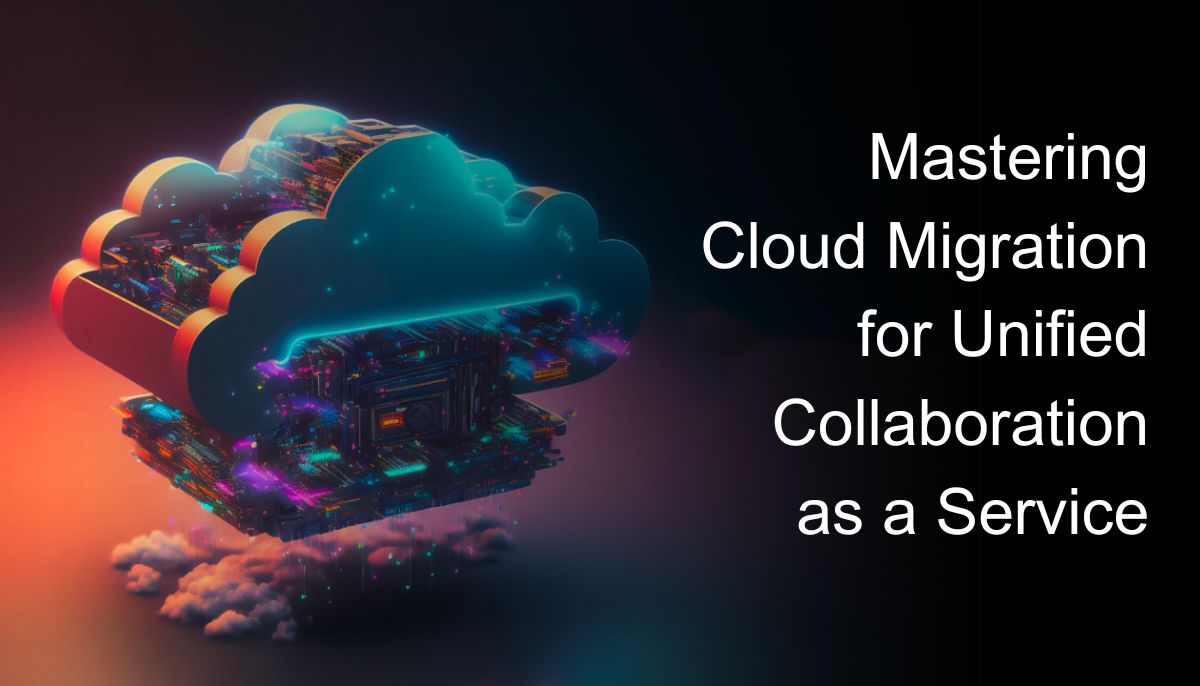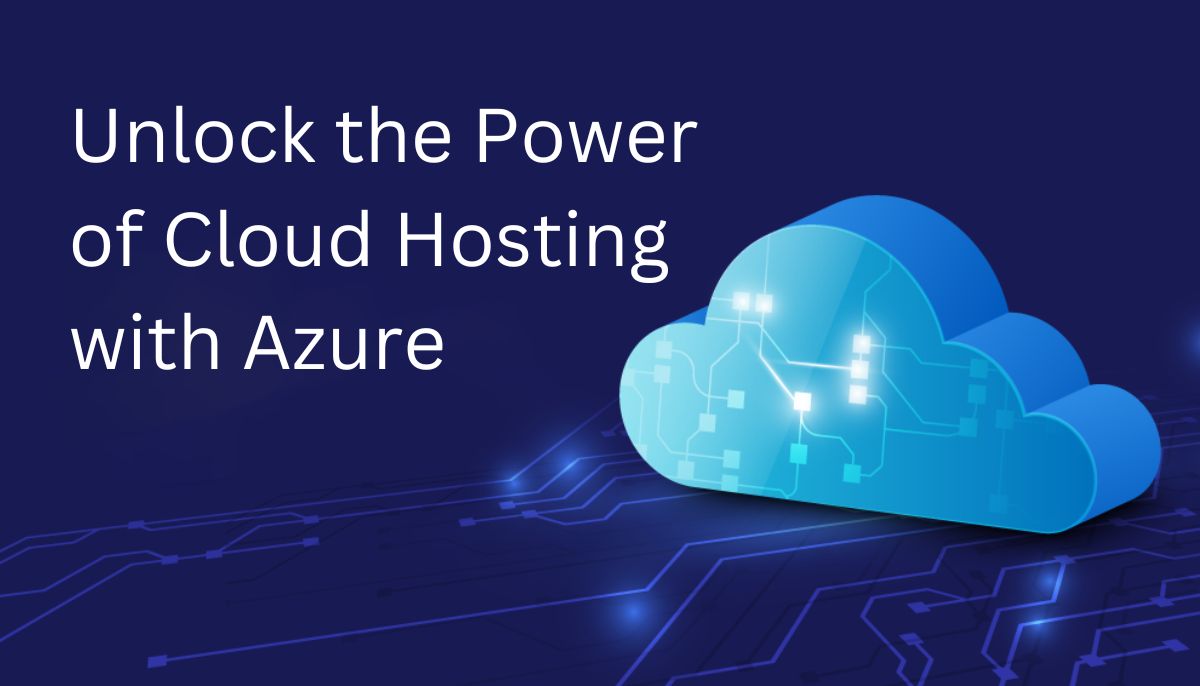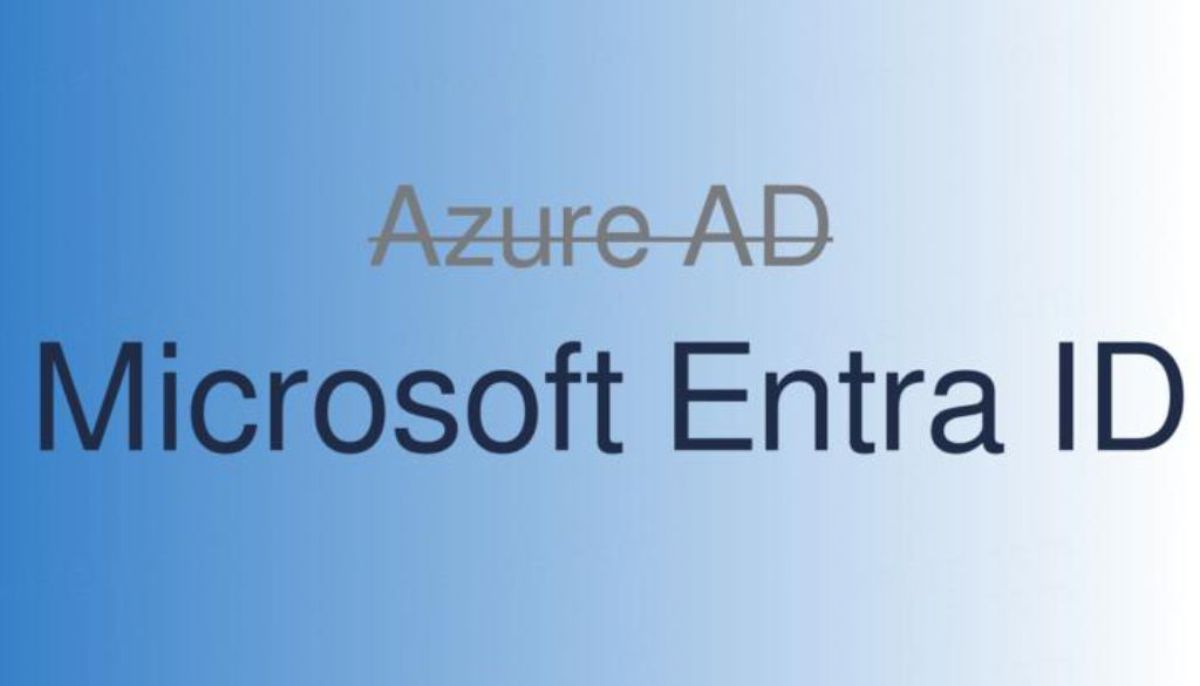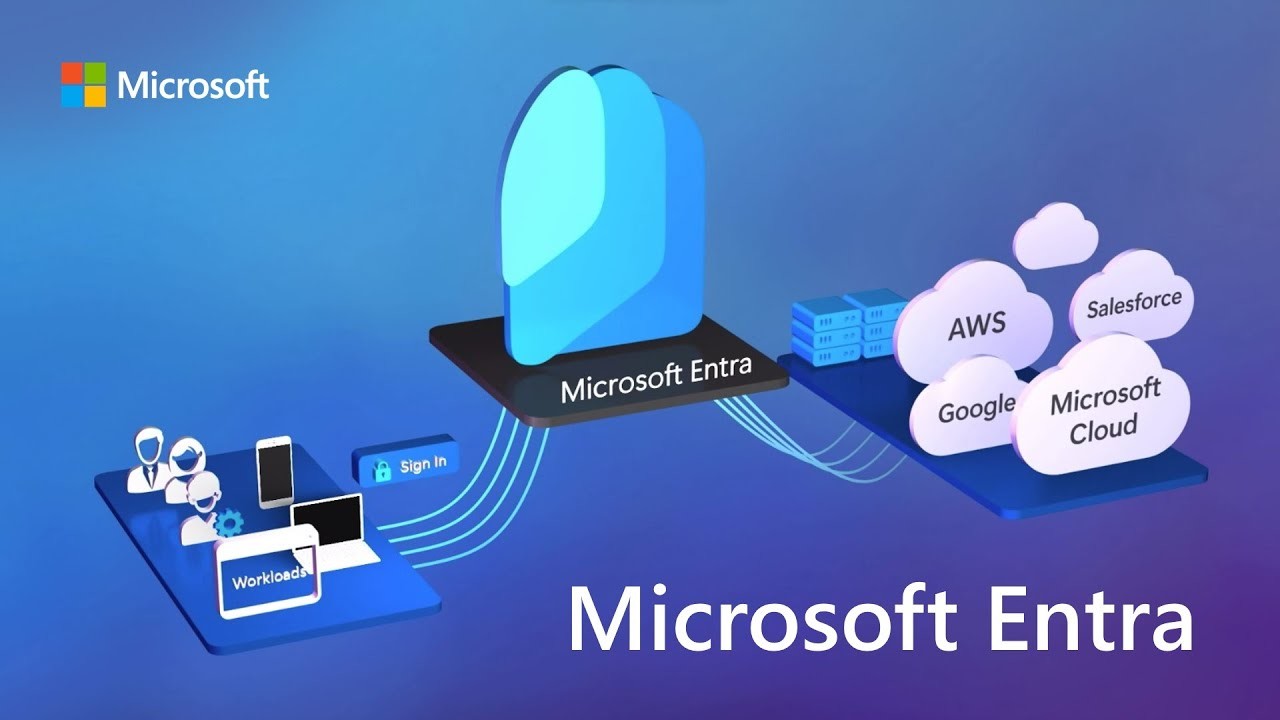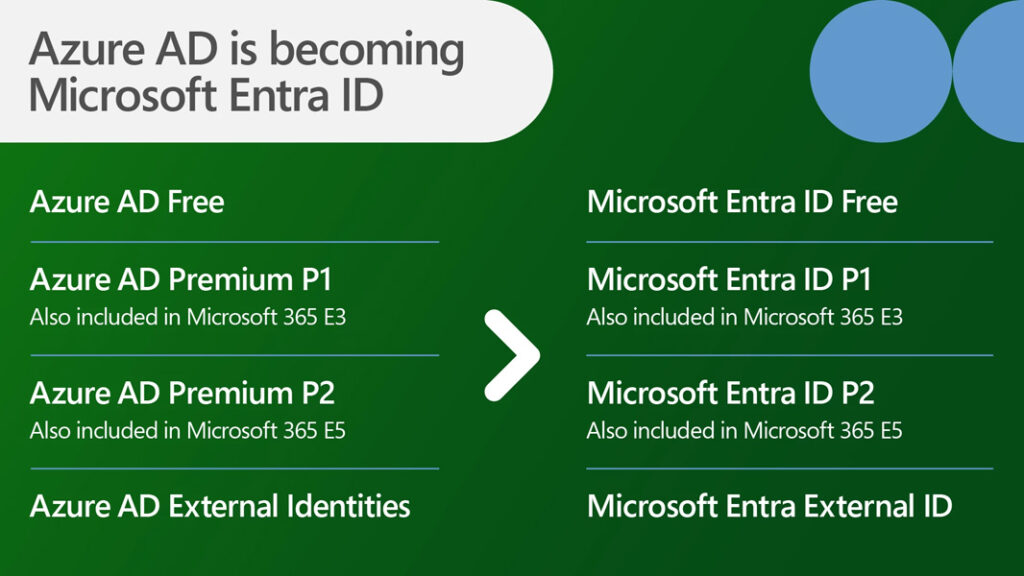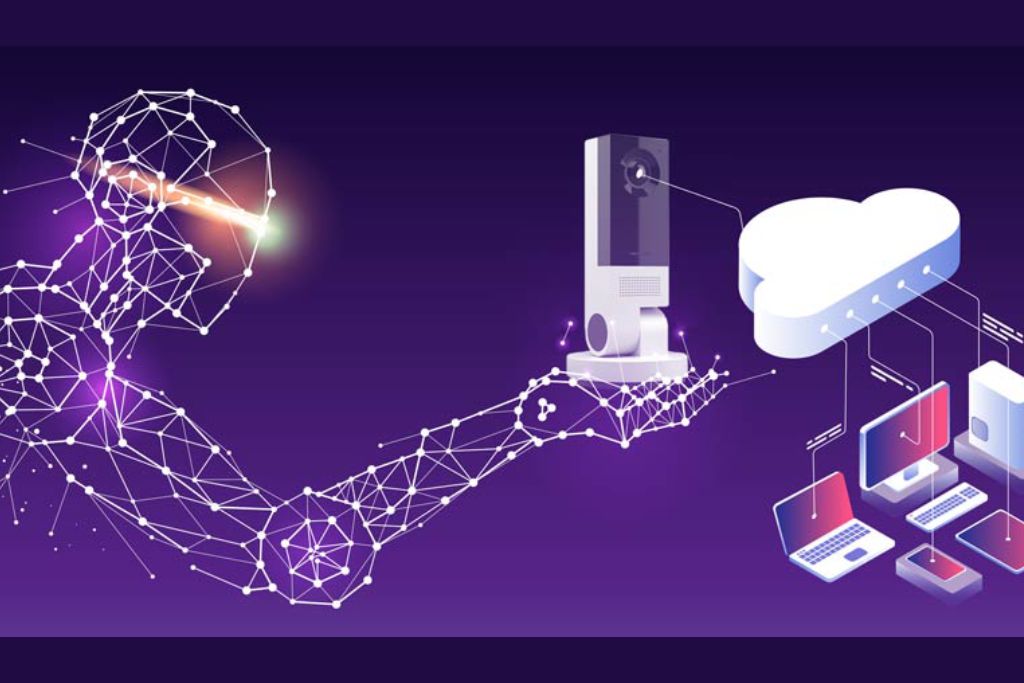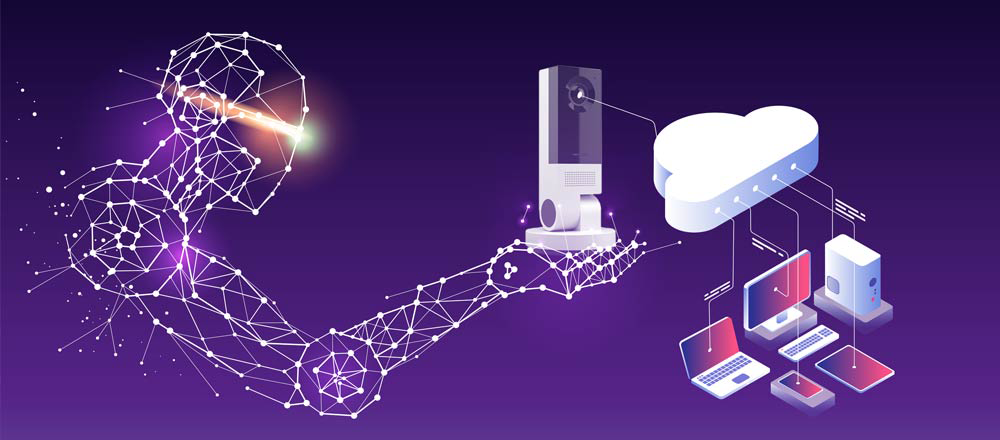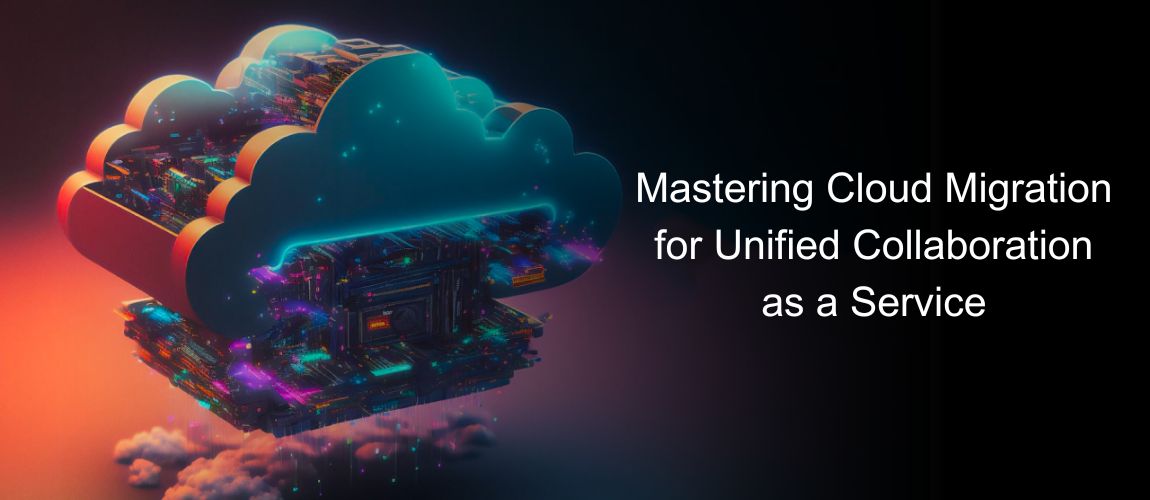
The Power of Collaboration: How to Seamlessly Migrate to Unified Collaboration as a Service in the Cloud
Benefits of Migrating to Unified Collaboration in the Cloud
Before embarking on a migration to unified collaboration in the cloud, it is essential to have a comprehensive checklist in place. Here are key considerations to include:
- Assess Current Infrastructure: Evaluate your existing communication systems, network capabilities, and hardware requirements. Understand the gaps and limitations that need to be addressed during the migration process.
- Define Objectives: Clearly define your business objectives and goals for migrating to UCaaS. Identify the specific features and functionalities you require from the cloud-based solution.
- Select a Reliable Provider: Research and select a reputable UCaaS provider that aligns with your business needs. Consider factors such as service quality, scalability, security measures, and customer support.
- Consider Integration: Determine how the UCaaS solution will integrate with your existing applications and systems. Ensure compatibility and seamless integration for a smooth transition.
- Data Migration Strategy: Develop a strategy for migrating your existing data to the cloud. Plan for data backups, data transfer, and data security during the migration process.
- User Training and Adoption: Prepare your employees for the transition to UCaaS. Provide training and support to ensure a smooth adoption of the new collaboration tools.
Key Considerations for Cloud Migration Checklist
Before embarking on a migration to unified collaboration in the cloud, it is essential to have a comprehensive checklist in place. Here are key considerations to include:
1. Assess Current Infrastructure: Evaluate your existing communication systems, network capabilities, and hardware requirements. Understand the gaps and limitations that need to be addressed during the migration process.
2. Define Objectives: Clearly define your business objectives and goals for migrating to UCaaS. Identify the specific features and functionalities you require from the cloud-based solution.
3. Select a Reliable Provider: Research and select a reputable UCaaS provider that aligns with your business needs. Consider factors such as service quality, scalability, security measures, and customer support.
4. Consider Integration: Determine how the UCaaS solution will integrate with your existing applications and systems. Ensure compatibility and seamless integration for a smooth transition.
5. Data Migration Strategy: Develop a strategy for migrating your existing data to the cloud. Plan for data backups, data transfer, and data security during the migration process.
6. User Training and Adoption: Prepare your employees for the transition to UCaaS. Provide training and support to ensure a smooth adoption of the new collaboration tools.
Understanding Unified Communications in the Cloud
Unified communications in the cloud refers to the integration of various communication and collaboration tools into a single platform hosted in the cloud. This platform allows users to access voice calls, video conferencing, instant messaging, file sharing, and other collaborative features from any device with an internet connection.
The cloud-based approach offers several advantages over traditional on-premises solutions. Firstly, it eliminates the need for costly hardware investments and maintenance. With UCaaS, businesses can leverage the infrastructure and resources of the cloud provider, reducing capital expenditure and allowing for more predictable operating costs.
Secondly, unified communications in the cloud provides increased flexibility and scalability. Businesses can easily add or remove users, adjust service levels, and access new features as needed. This agility allows organizations to scale their communication capabilities according to their evolving needs, without the limitations of physical infrastructure.
Additionally, the cloud offers enhanced mobility and accessibility. With unified communications in the cloud, employees can collaborate and communicate from anywhere, using any device. This flexibility enables remote work, improves productivity, and ensures seamless communication between team members, regardless of their physical location.
Choosing the Right Unified Communications Solution for Your Business
When selecting a unified communications solution for your business, it is crucial to consider your specific requirements and objectives. Here are key factors to consider:
1. Feature Set: Evaluate the features and functionalities offered by different UCaaS providers. Consider your business needs and prioritize the features that are most important to your organization.
2. Scalability: Ensure that the UCaaS solution can scale with your business. Consider the provider’s ability to handle increased user demands, adapt to growth, and accommodate future expansion.
3. Reliability and Security: Assess the provider’s track record in terms of uptime, service level agreements, and security measures. Look for certifications and industry standards that demonstrate their commitment to data protection and privacy.
4. Integration Capabilities: Consider how the UCaaS solution will integrate with your existing systems and applications. Ensure compatibility and seamless integration to avoid disruptions and maximize efficiency.
5. User Experience: Evaluate the user interface and overall user experience of the UCaaS solution. Look for ease of use, intuitive design, and accessibility across different devices and platforms.
The Role of Unified Communications Services in Cloud Migration
Managed Services Hosting for Unified Communications in the Cloud
Managed Services Hosting is a valuable option for businesses looking to migrate to unified collaboration in the cloud. With managed services, organizations can outsource the management and maintenance of their UCaaS infrastructure to a trusted provider.
By leveraging managed services hosting, businesses can focus on their core competencies while leaving the technical aspects to experts. Managed service providers offer proactive monitoring, 24/7 support, and regular updates to ensure optimal performance and reliability.
Additionally, managed services hosting provides peace of mind in terms of security and compliance. Providers implement robust security measures, such as data encryption, intrusion detection systems, and regular vulnerability assessments, to protect sensitive business communications.
Best Practices for a Seamless Migration to Unified Collaboration in the Cloud
1. Thorough Planning: Plan the migration process meticulously, considering all aspects such as infrastructure assessment, data migration strategy, and user training.
2. Testing and Piloting: Before fully transitioning, conduct thorough testing and pilot programs to identify and address any potential issues or shortcomings.
3. Communication and Change Management: Keep all stakeholders informed about the migration plan and its benefits. Provide regular updates and training to employees to ensure a smooth transition and adoption of the new UCaaS solution.
4. Data Security: Prioritize data security throughout the migration process. Implement encryption, access controls, and data backup strategies to protect sensitive business information.
5. Post-Migration Support: Offer ongoing support to users after the migration. Address any concerns, provide training resources, and encourage feedback to optimize the utilization of the UCaaS solution.

